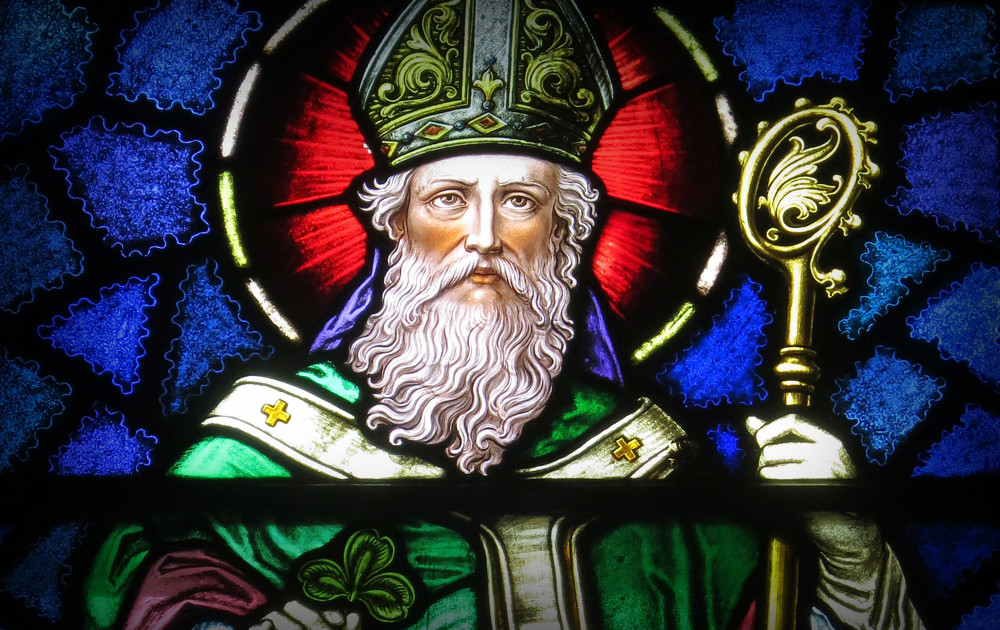I grew up in a faithfully Irish-Catholic family. My house has always been littered with Celtic crosses and we always have a five-pound sack of potatoes in the pantry. For most of the year, I live my life as any other white girl. However, March 17th is always one of my favorite days of the year.
Since I was a child, my family has always celebrated St. Patrick’s Day together. We talk about our ancestors who came from Donegal and Killarney; my maternal grandpa drinks beer and teaches the kids Irish drinking songs (which makes all the adults laugh). My paternal grandma discusses her experience being an Irish-Catholic in the days of World War II. “My father would never date an Italian” she giggles (she later married an Italian man in the nineties). My mom and I always discuss the story of the real St. Patrick: born in Britain, he was captured and enslaved in Ireland at the age of sixteen. After escaping a few years later, he became a bishop and a leader in the Catholic
Church in Ireland.
The holiday of St Patrick’s Day has become synonymous with day drinking, loud parades, and hedonic behavior. Yet, the holiday’s formation hundreds of years ago was not for that reason. As my ancestors wrestled with hunger during the Great Famine, Irish-Americans celebrated their homeland in their new country and used it as a way to create pride in their heritage. In the early days of the Industrial Revolution, when many Irish people came to America to find a new life, the Irish were at the bottom of the white immigrant totem pole. Irish immigrants were turned away from jobs, taunted, and discriminated against. St. Patrick’s Day was the one day a year that Irish-Americans felt proud of their homeland.
It saddens me that my ancestral culture has been turned into a joke; leprechaun caricatures and pots of gold have become novelties in the
month of March. The rich and beautiful history of Irish-Americans has been made into a yearly gimmick that is used as an excuse to be rude and unkempt. Yet, on March 17th, I will be on Zoom

